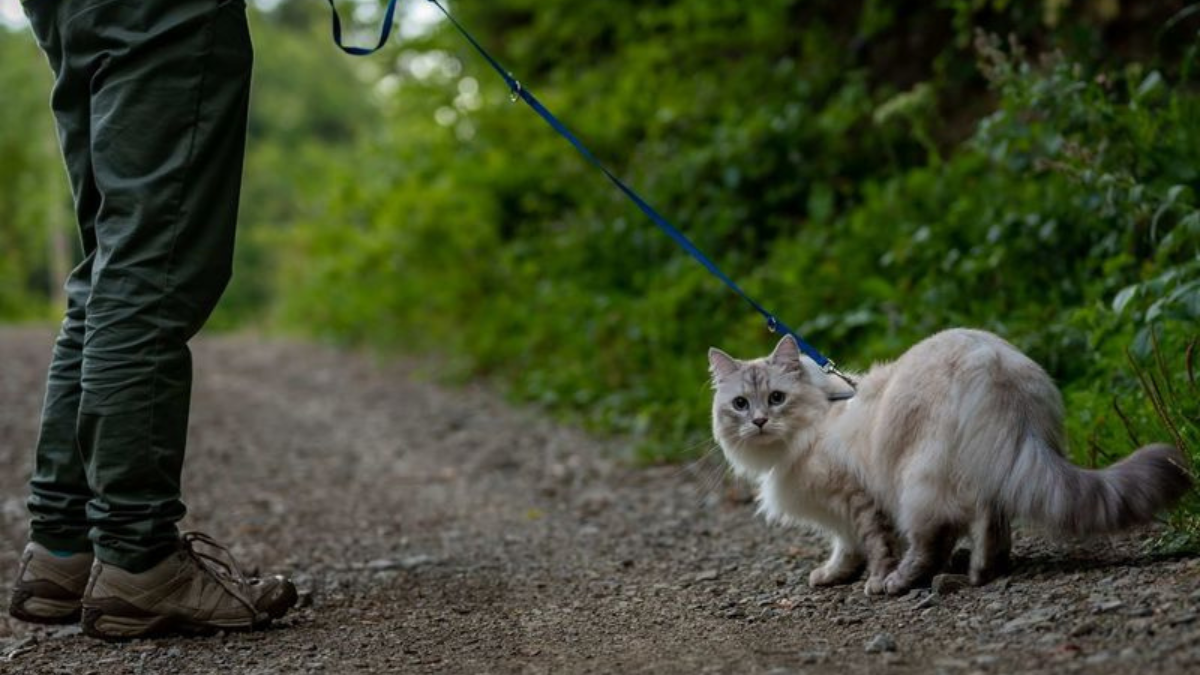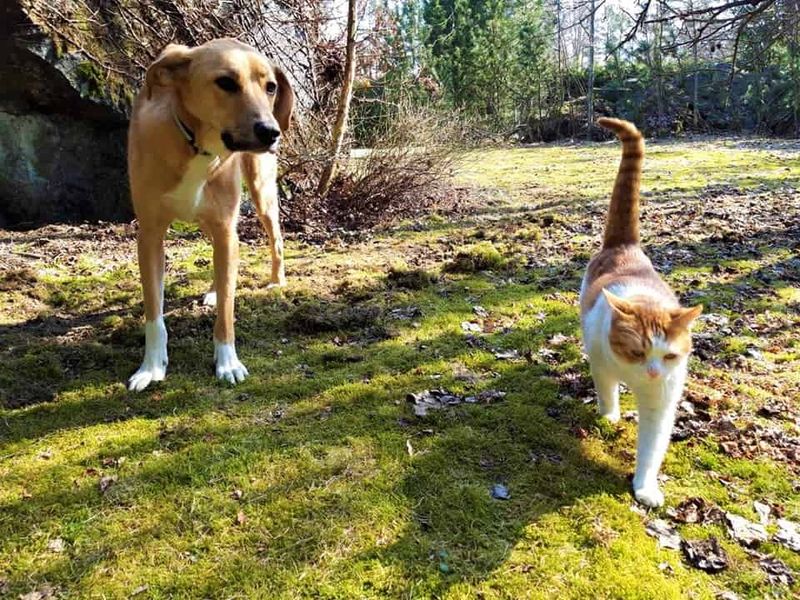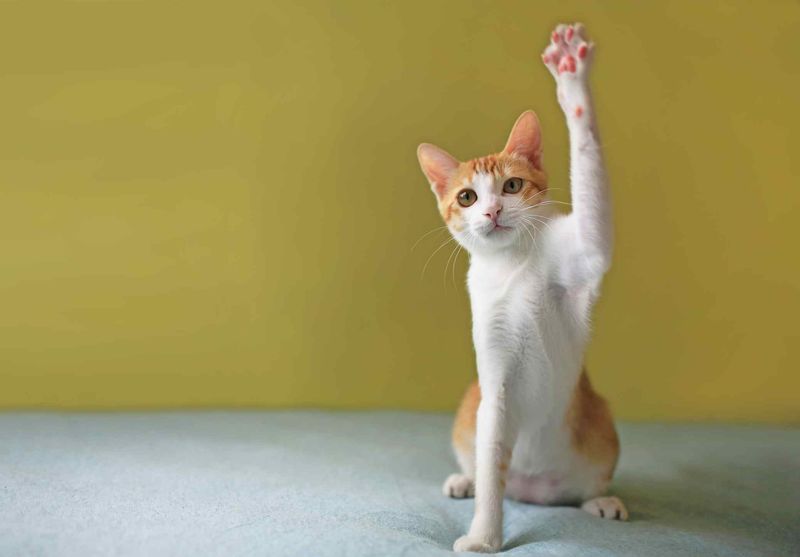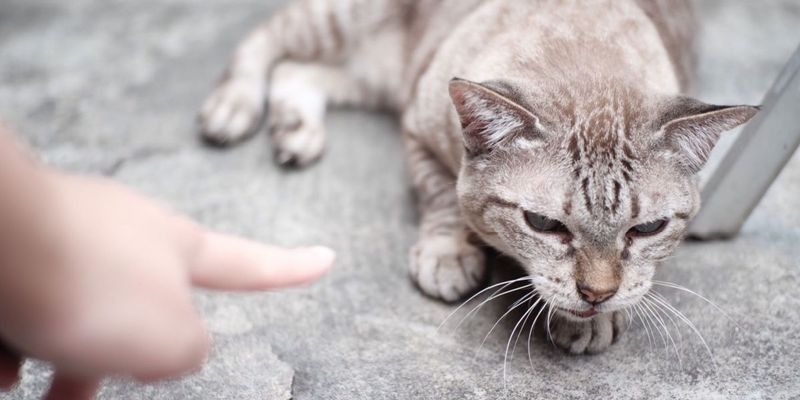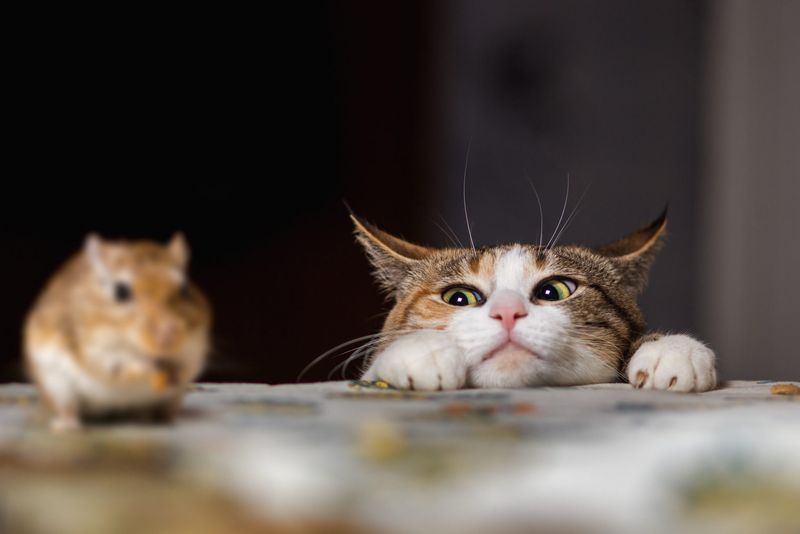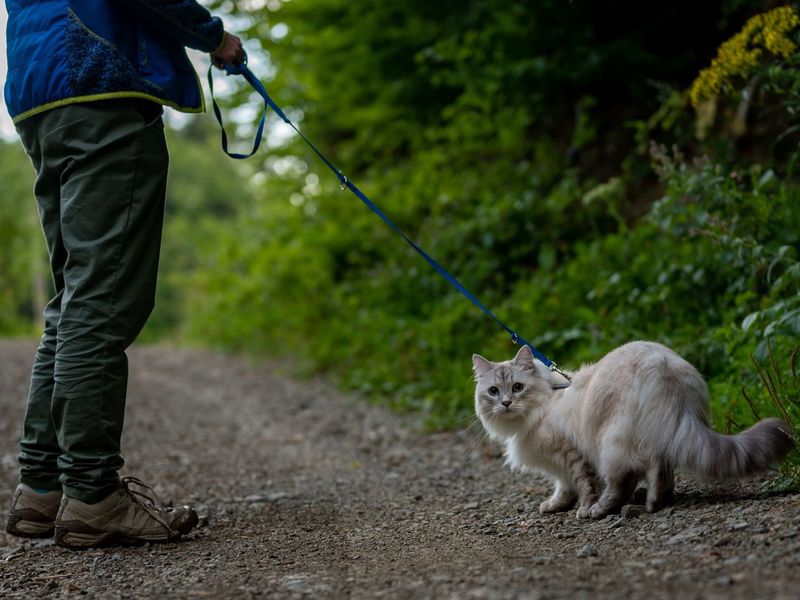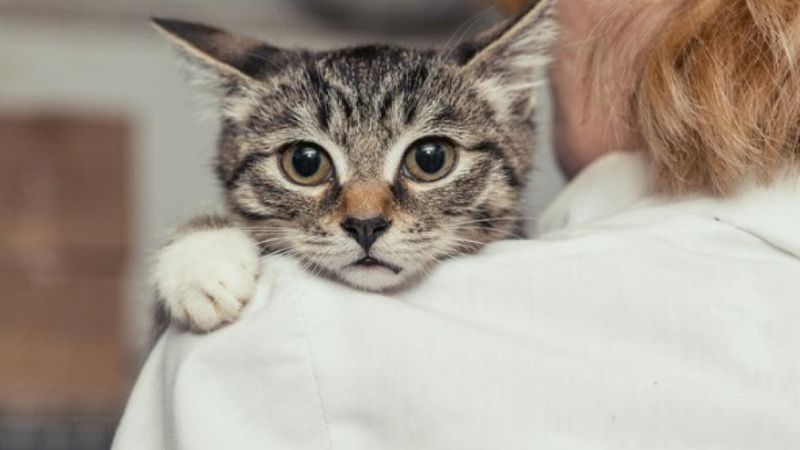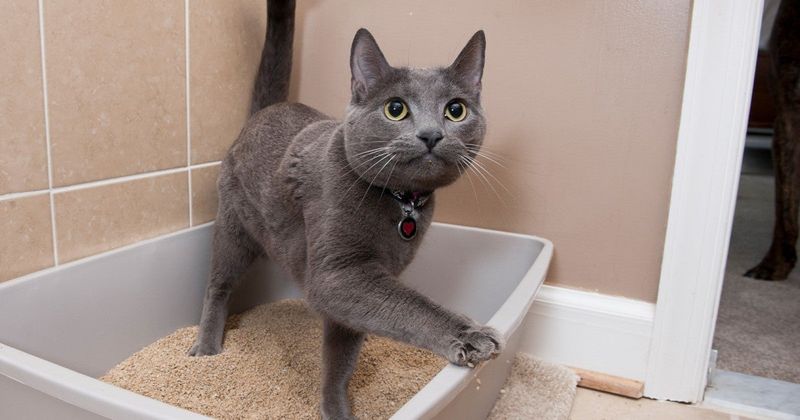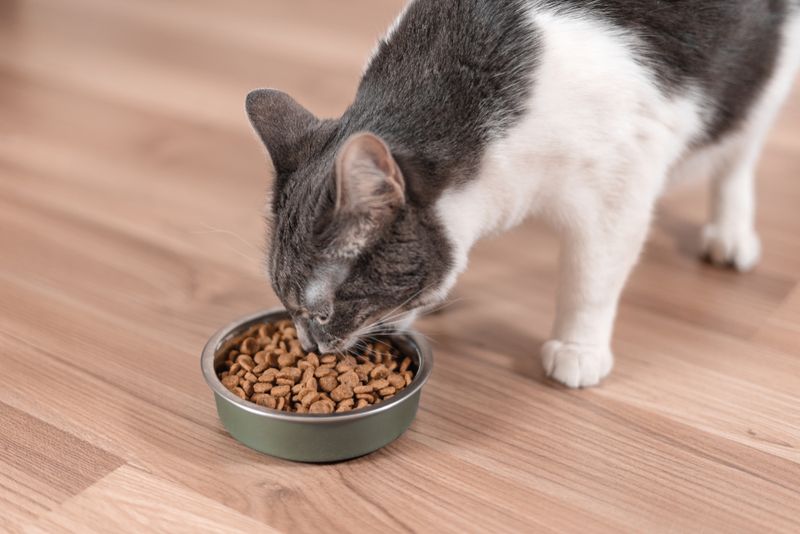📖 Table of Content:
Cats and dogs may both share the title of “man’s best friend,” but they couldn’t be more different in their behaviors and needs. While dogs tend to thrive on structure and obedience, cats are more independent and self-sufficient, often requiring a different approach to training and care. This fundamental contrast can create challenges for pet owners who try to treat their feline companions the same way they would a dog.
The instinctual behaviors of cats and dogs also differ greatly, especially when it comes to socialization and communication. Dogs are pack animals, eager to please and work within a hierarchy, while cats are solitary hunters, more selective about their interactions. Trying to apply dog-centric techniques to a cat can result in confusion, stress, and a breakdown in the bond between pet and owner.
Recognizing and respecting the distinct personalities of cats and dogs is crucial for fostering a strong, positive relationship with both. Adapting to a cat’s more independent nature can lead to a more harmonious environment for both pet and owner. By understanding these differences, pet owners can avoid common mistakes and create a space where their cat feels secure and understood.
1. Cats Need Their Space
Unlike dogs who crave constant companionship, cats value their independence and personal territory. Forcing too much physical affection on a cat can actually make them more distant and stressed out.
Cats require safe spaces where they can retreat when they feel overwhelmed. A good cat owner respects these boundaries instead of pursuing their pet for cuddles like they might with a dog.
The next time your cat walks away, let them go. They’ll return when they’re ready for interaction, creating a healthier relationship based on mutual respect rather than forced togetherness.
2. Different Communication Signals
A wagging tail in dogs usually signals happiness, but in cats, it often means irritation or overstimulation. Cats communicate primarily through subtle body language that many dog owners completely misread.
Slow blinking, for example, is a cat’s way of showing trust and affection—something you’ll never see in canine behavior. Purring isn’t always a sign of contentment either; cats sometimes purr when they’re in pain or anxious.
Learning to interpret feline body language correctly prevents misunderstandings and builds better trust. Those twitching ears and whiskers are saying something important if you know how to listen!
3. Punishment Doesn’t Work With Cats
Scolding a cat or using punishment-based training methods backfires spectacularly. Unlike dogs who often aim to please their owners, cats don’t respond to dominance-based discipline or negative reinforcement.
Cats simply don’t make the connection between your anger and their behavior. Instead, they learn to fear you or become more sneaky about unwanted behaviors. Effective cat training uses positive reinforcement—rewarding good behavior rather than punishing bad.
Spraying water or yelling might stop a behavior momentarily, but creates long-term trust issues that damage your relationship. Remember: cats respond to patience and consistency, not intimidation.
4. Cats Are Natural Hunters
Dogs were domesticated to work alongside humans as herders, guards, and companions. Cats, however, entered human homes primarily as pest controllers and have retained much stronger hunting instincts.
These natural hunting behaviors manifest as play needs that differ dramatically from dogs. A cat needs to stalk, pounce, and capture “prey” daily for mental stimulation.
Without proper outlets for these instincts, cats develop behavioral problems like attacking your ankles or becoming destructive. Interactive toys that mimic prey movements are essential for feline wellbeing, while simple fetch games that satisfy dogs won’t fulfill a cat’s complex predatory needs.
5. Leash Walking Isn’t Natural
Taking your dog for a walk? Normal. Expecting your cat to enjoy the same experience? Problematic. Cats aren’t naturally leash animals and forcing this dog-centric activity often creates stress rather than enjoyment.
Most cats prefer exploring their territory on their terms, moving freely between hiding spots and observation points. Their territorial nature makes unfamiliar environments potentially threatening rather than exciting.
While some cats can be harness-trained with patience, many never adjust to leashed walks. Creating safe indoor enrichment or secure outdoor spaces like catios better meets feline needs than trying to make them conform to dog-walking routines.
6. Social Needs Are Different
Dogs thrive on pack dynamics and typically enjoy meeting new people and other dogs. Cats, contrary to popular belief, aren’t truly solitary but have fundamentally different social structures that many owners misunderstand.
Forcing a cat into dog-like social situations—like dog parks or crowded gatherings—can trigger extreme anxiety. Cats form selective bonds and often prefer quality interactions with a few trusted individuals rather than quantity of social contacts.
A cat hissing at visitors isn’t being “mean”—they’re expressing discomfort with strange humans invading their territory. Respecting these social preferences leads to a more confident, secure feline companion.
7. Bathroom Habits Require Different Approaches
Unlike dogs, who can be trained to wait for outdoor walks, cats need easy access to a clean litter box at all times. This distinction often causes confusion for those who try to apply dog-training techniques to their cats’ bathroom habits.
Cats have specific preferences about litter texture, box location, and cleanliness levels. Ignoring these needs or punishing accidents leads to serious problems like inappropriate elimination throughout your home.
The solution isn’t more discipline—it’s understanding that cats require multiple, well-maintained litter boxes placed in quiet, accessible locations. One box per cat plus one extra is the minimum requirement for household harmony.
8. Diet and Eating Patterns Aren’t Comparable
As opportunistic omnivores, dogs typically have larger meals less often, whereas cats, being obligate carnivores, are built to graze on several small meals throughout the day.
Free-feeding works well for many cats but would lead to obesity in most dogs. Cats also have specific nutritional requirements like taurine that dogs don’t need, making dog food dangerous for cats long-term.
Feeding your cat on a strict dog-like schedule of just morning and evening meals can lead to digestive issues, begging behaviors, or gorging. Understanding these biological differences helps prevent common feeding mistakes that impact your cat’s health and happiness.
